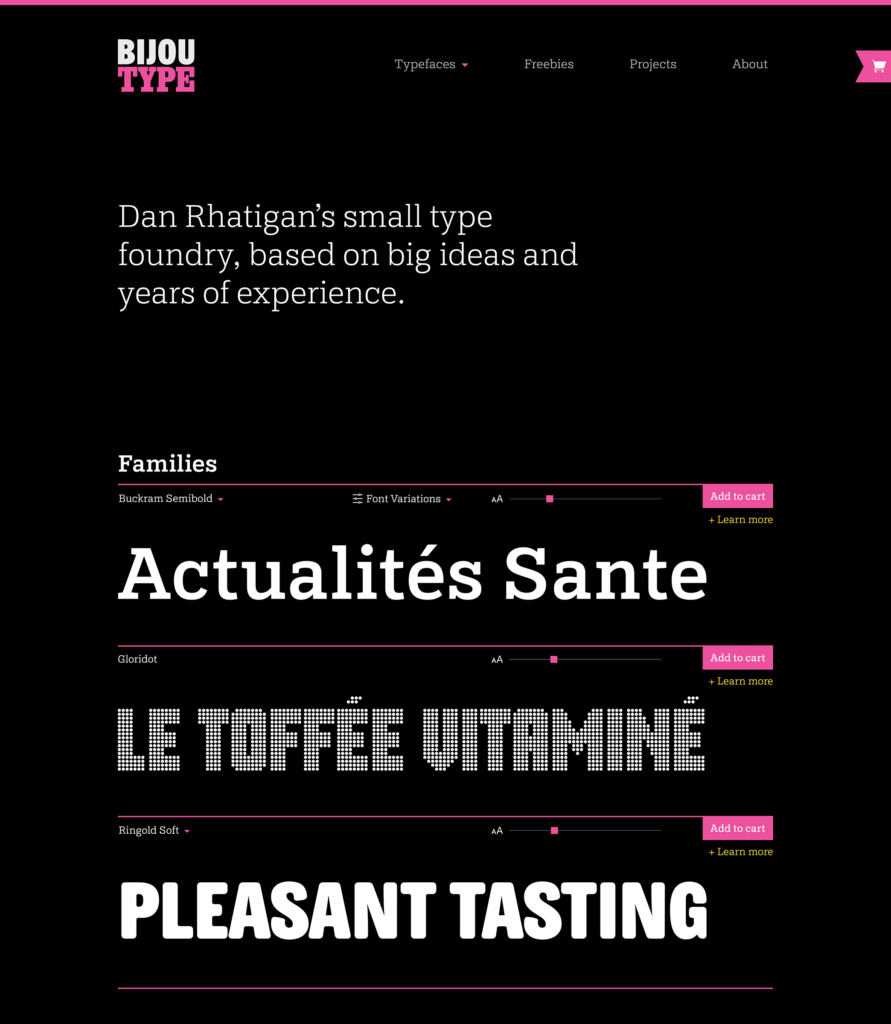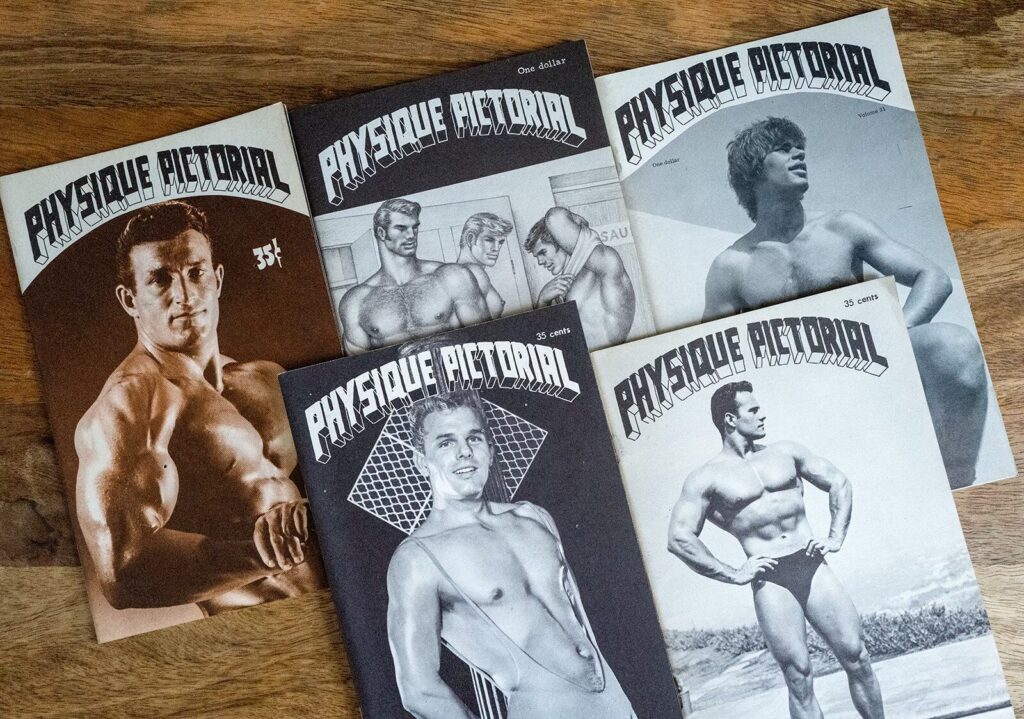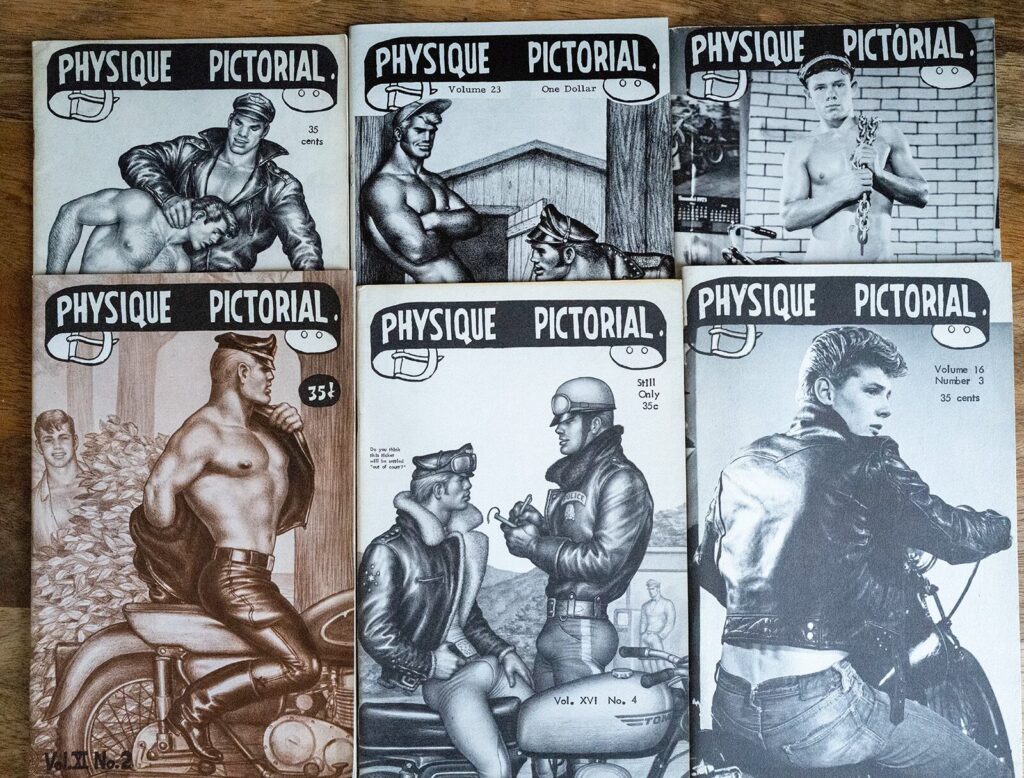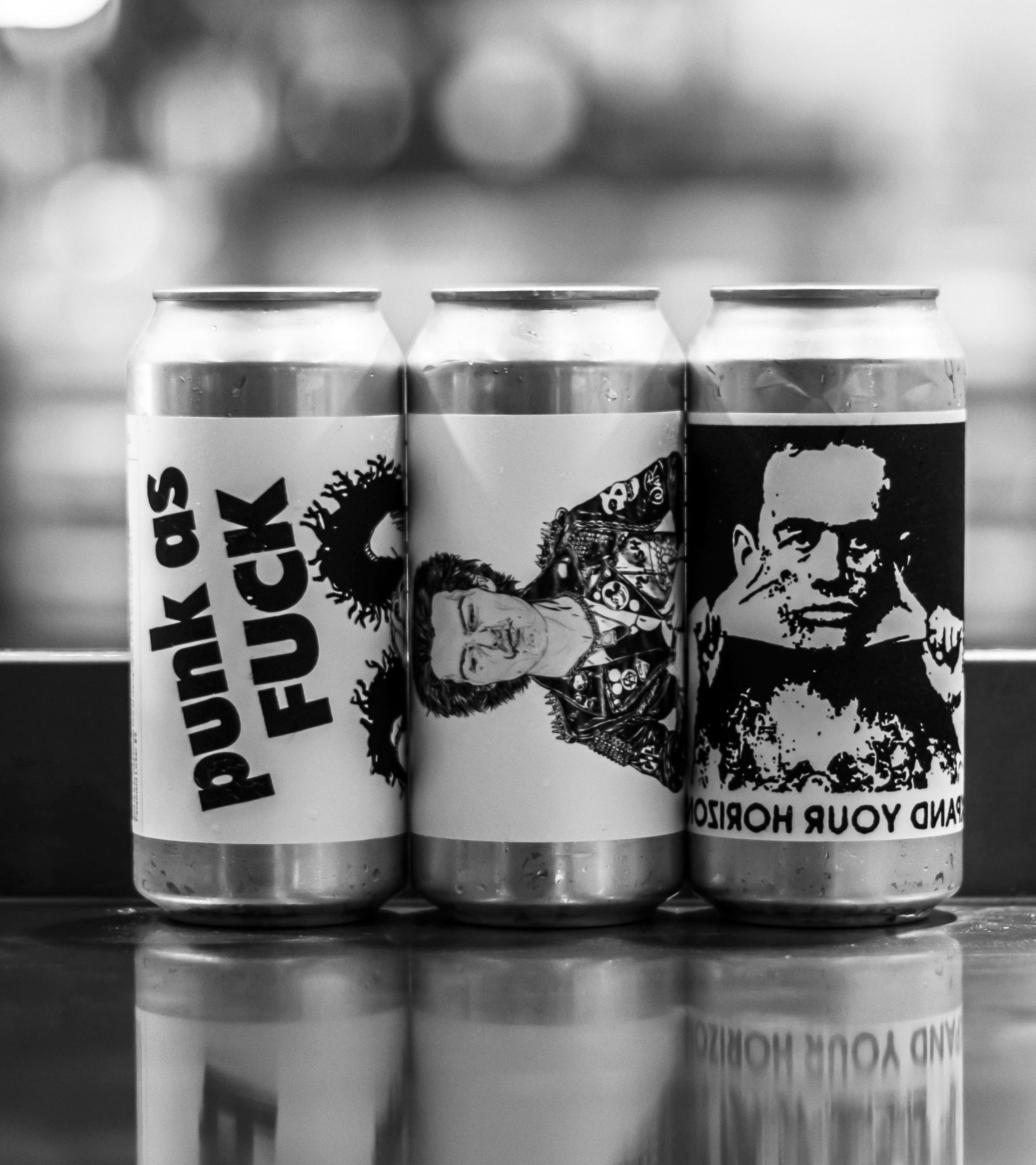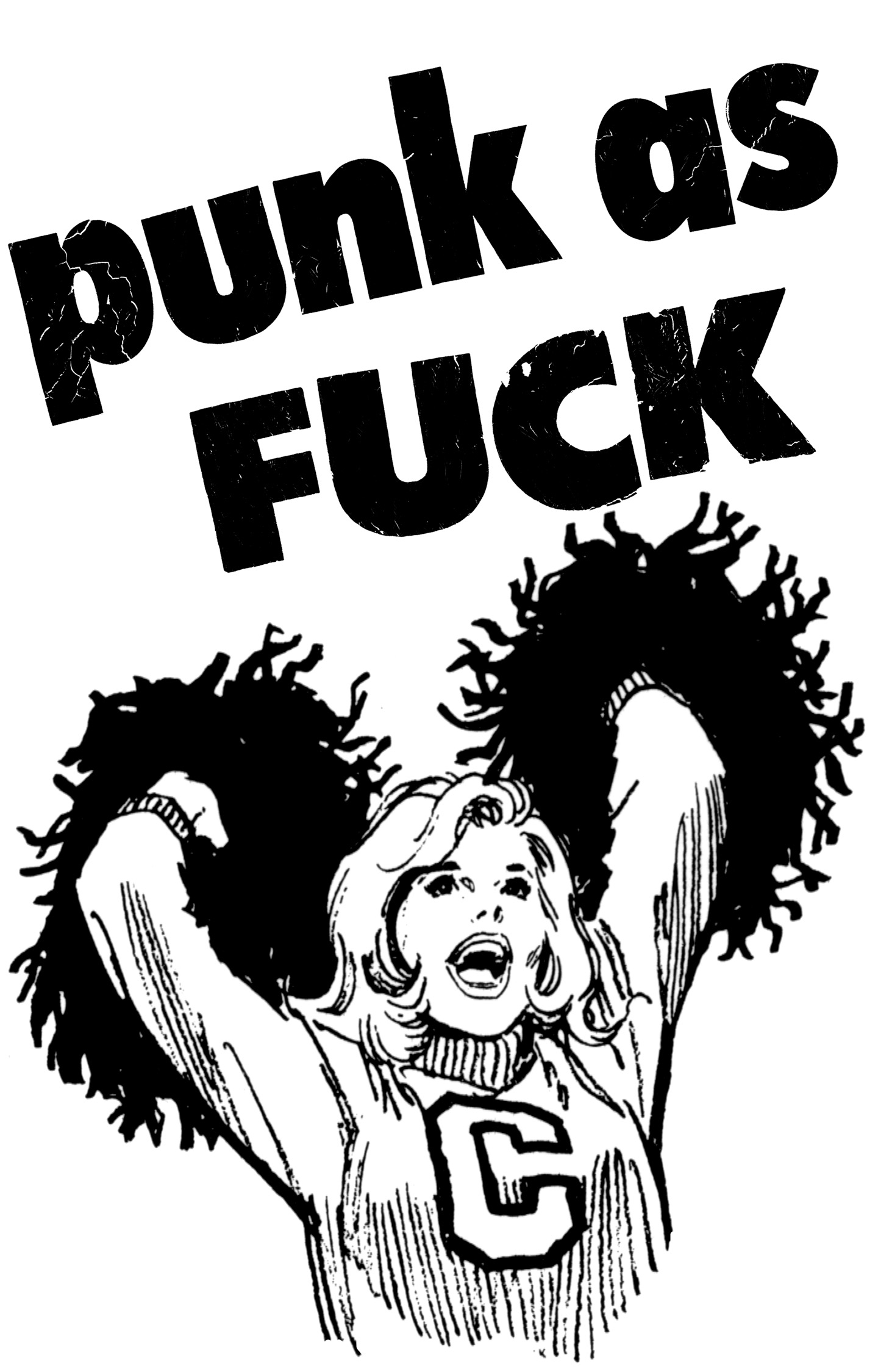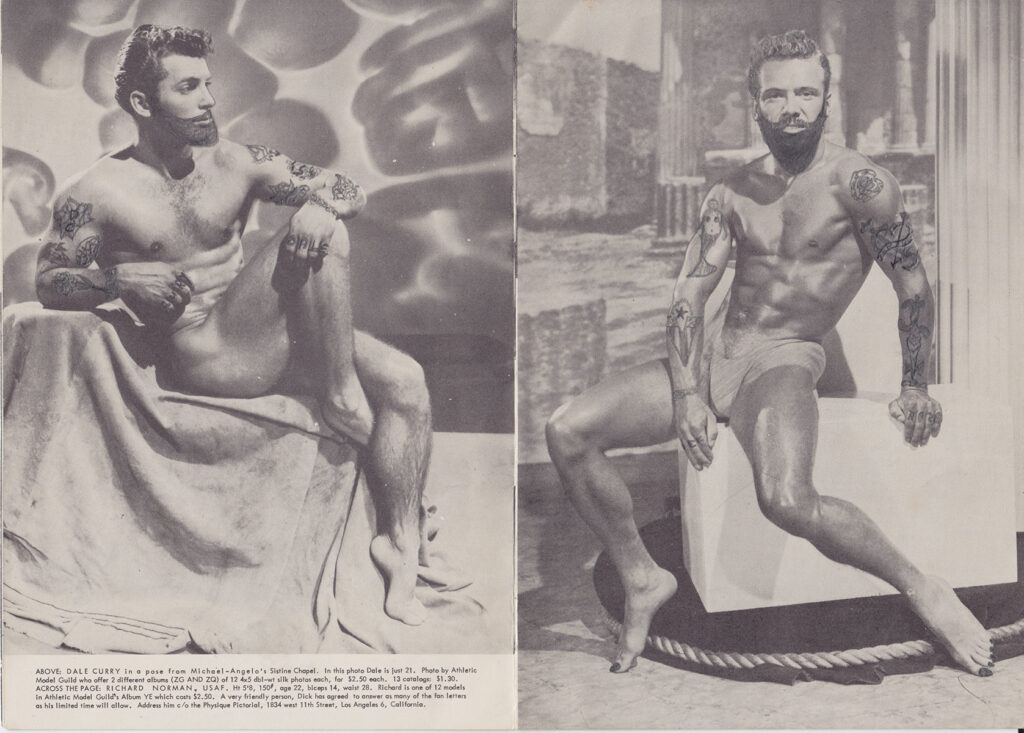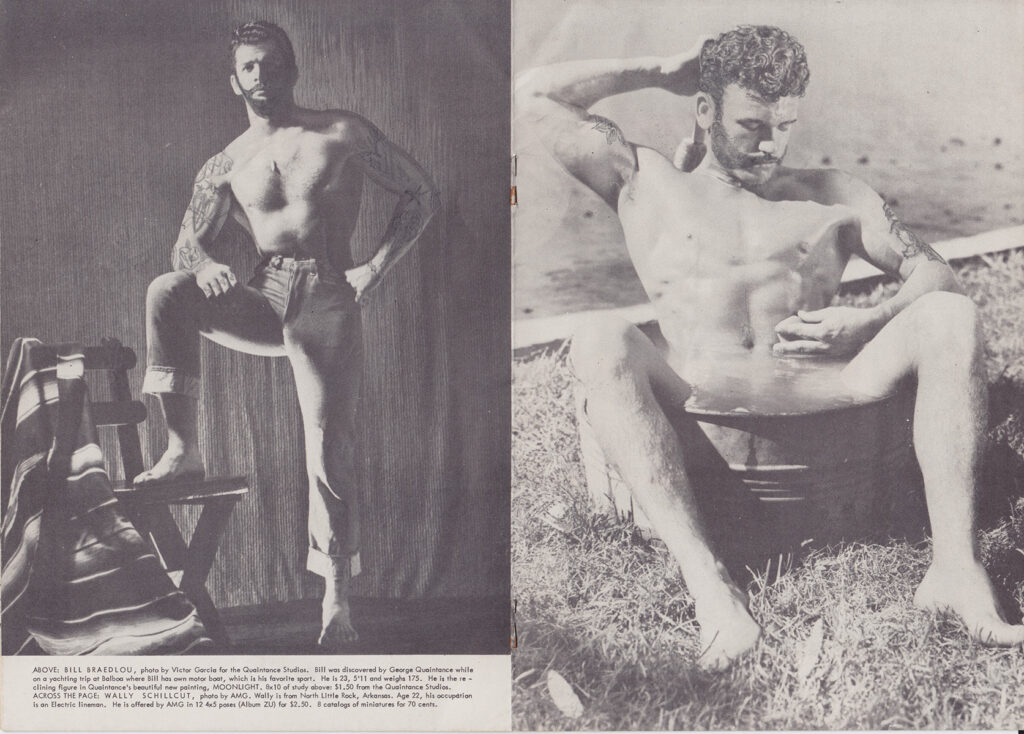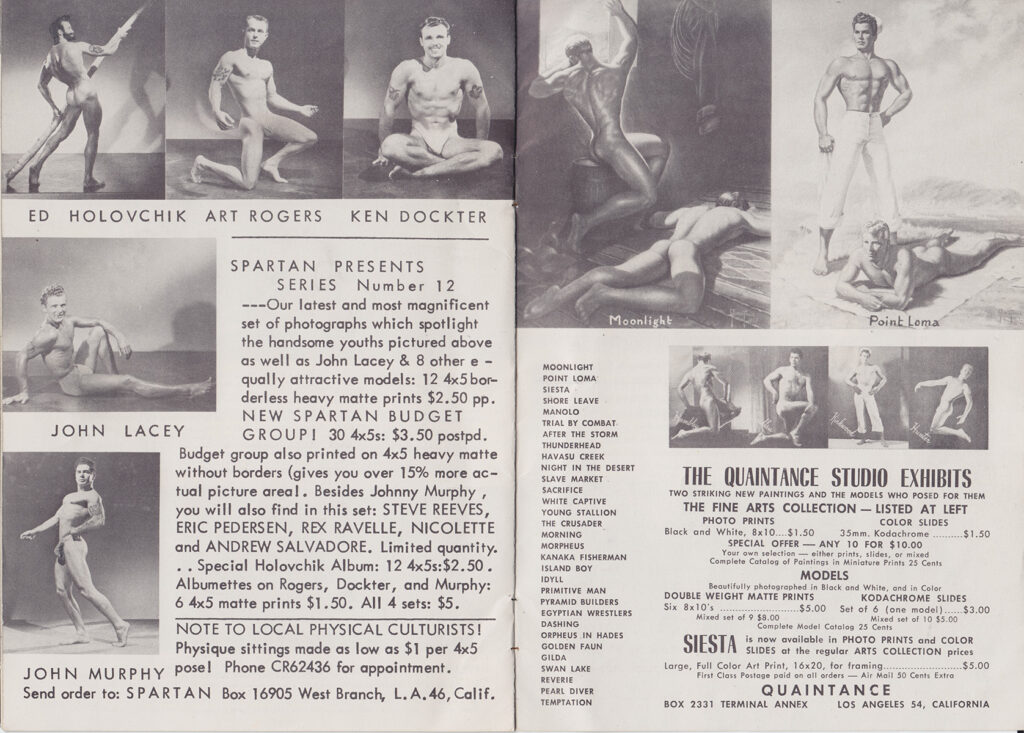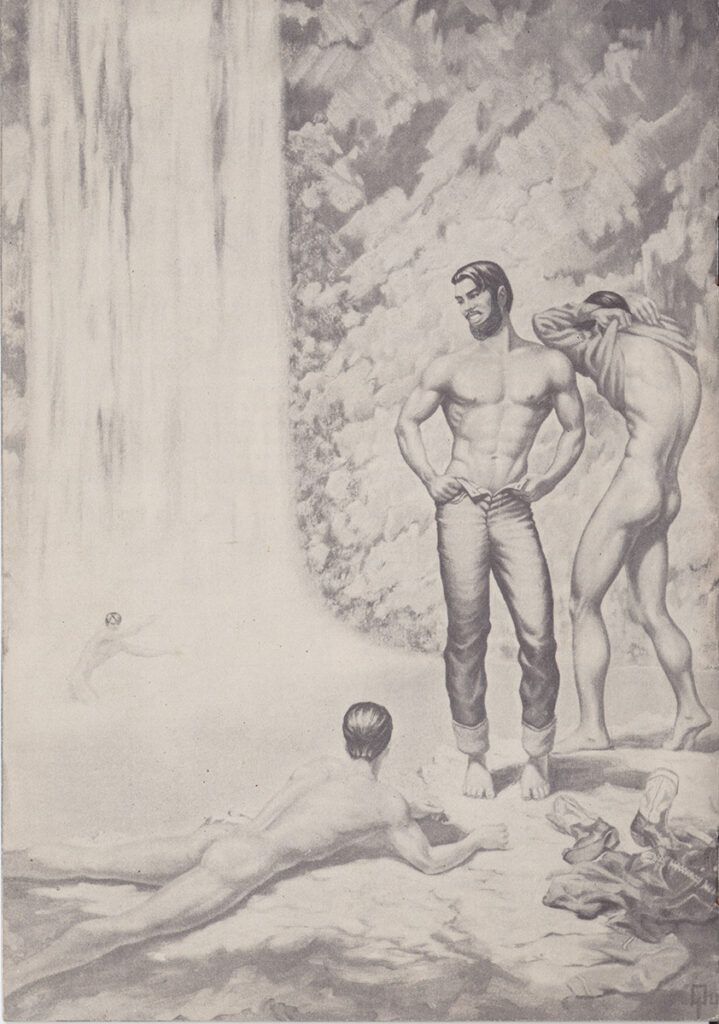I missed this when it was first posted, but my old pal Andy wrote a bit about an old project I was a part of: The WYSIWG Talent Show.
Worst Sex Ever and the WYSIWYG Talent Show, or Tales from Blogland
I wish the old web site were still alive and functioning (but you can look through my old posts or browse on the Wayback Machine), since over the course of three years or so we really put on some spectacular shows, and worked with a lot of wonderful and talented people — many of whom have found fame and success in a variety of fields.
As Andy talks about in his article, it all feels like a snapshot of a bygone era of internet culture. Even then, I think we were trying to preserve a personal, organically interconnected version of the online experience before it all washed away.
It was one era, passing onto another. Similarly, I feel like it might be time to shift gears again. For many years now, I surrendered too many of my thoughts and updates and connections to a series of social networks, very much at the expense of the body of work (if you can call it that) I’d been cultivating on this site since 1996. Not only did I offer all that energy to the commercial objectives of big companies, but I got swept up in as many bad habits of being online as rewarding ones. Time, I thing, to return to Ultrasparky and scream into the void from my own place.

